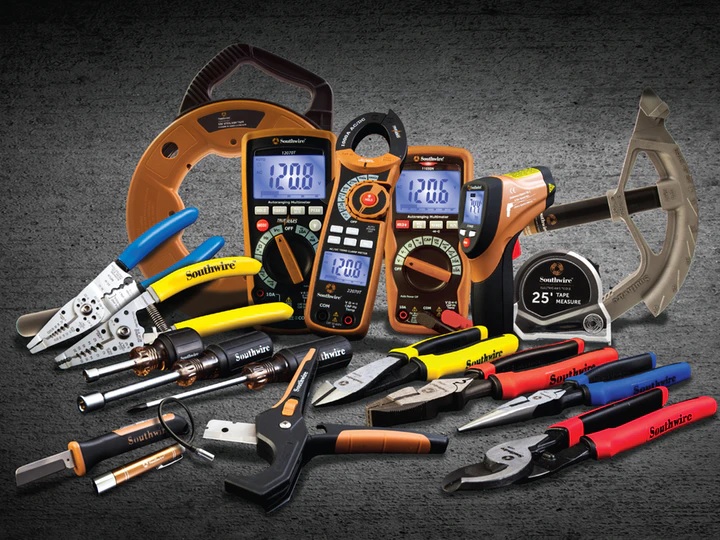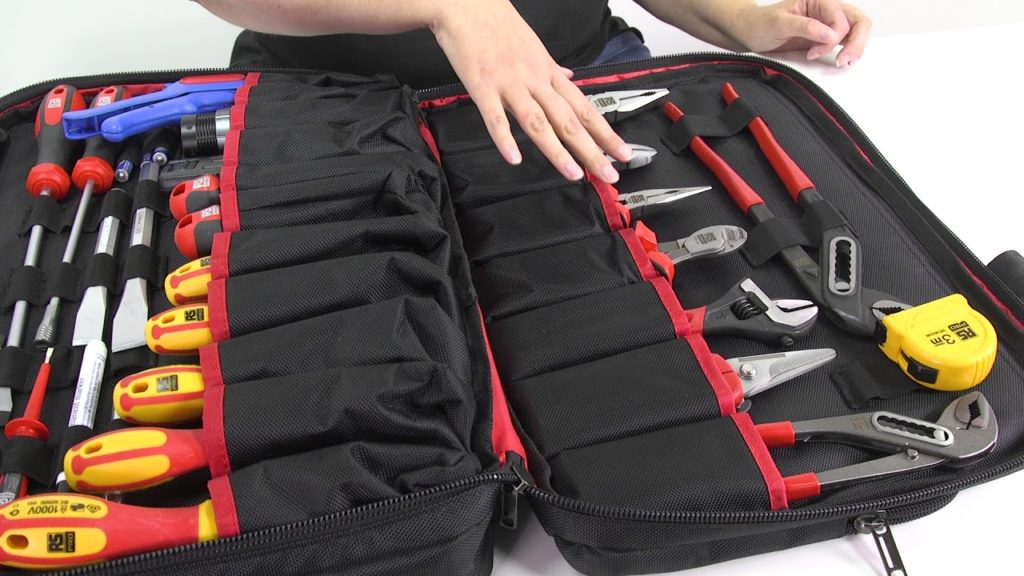Electrical work can’t be done without suitable tools, and there are essential tools that every electrician will need to do their job well. Having the right tools will make your job easier and faster and make you look more professional when you arrive at a job site.
Just like other equipment, you need to have high-quality tools, and it might seem like they are unnecessarily expensive. Still, in the long run, you’ll get your money’s worth as high-quality tools are safer, sturdier, and will last longer with proper care and maintenance.
Besides, there are other ways to save money without compromising quality. The most popular is to buy in bulk, and special deals and discounts are often offered when you purchase sets or collections.
When you do that, purchase from legitimate stores to avoid scams. Walter’s Wholesale is an excellent example of a recognized electrical supply store.
Tools for Trick: 20 Must Have
Whether you are still studying, an electrician’s apprentice, or already working, you’ll need the following electrical tools and supplies.
- Pliers
They are often called cutting or lineman pliers and are an essential tool on any electrician’s tool belt. They are mainly used for gripping or cutting, bending, twisting, or straightening wires.
All prepared electrician stocks various pliers in their toolbox, including side-cutting pliers, needle nose pliers/long nose pliers, and reaming pliers for tightening safety nuts, fittings, and caps.
- Screwdrivers
Electricians use an array of high-quality insulated screwdrivers or a screwdriver set necessary for loosening and securing various hardware. Many professionals carry ergonomic ratchet screwdrivers with exchangeable bits, so they always have the right tool without too much weight.
- Electrical Tape
They are usually made from vinyl, plastic, or fibreglass cloth; this adhesive material is pressure susceptible and important for insulating wires or other materials that conduct electricity. The electrical tape blocks the electrical current from accidentally passing to other wires and possible electrocution when touching live wires.
- Tape Measure
It is essential to know exact measurements when cutting and stripping wirings. A simple retractable tape measure would be enough. Still, available models with magnetic tips, multi-step locks, and other features make this process easier.
- Cable Ties
These are also known as zip ties. These affordable fasteners are essential for attaching electrical cables or wires. It will help keep your electrical space neat and organized with cable ties.
- Electrical Drills
Electricians constantly install new lighting fixtures or have to disassemble installed hardware to examine the wiring and other electrical components.
A handheld electric drill with assorted bits helps speed up these tasks.
It allows professionals to affix speciality drill bits for industry-specific purposes. When power is down, cordless drills are an essential tool for electricians.
- Wire/Cable Lugs
Like the features used on jumper cables and car batteries, wires and cable lugs connect wires to appliances, lies, and other devices needing power.
- Level
Finding precise points for placement is key when installing light fixtures. An electrical tool kit isn’t complete without a standard level. It helps you ensure fixtures, screws, and other installations are securely placed where needed.
- Wire Strippers
Electricians regularly strip the plastic sheathing of wires to expose the copper and make customized connections with other wirings. These come in a variety of models and types.
- Coax Connectors
Coax connectors connect cables to devices while simultaneously protecting the cord from shredding. Keeping a variety on hand ensures you’re always ready, especially since multiple connectors exist.

- Fish Tape
The fish tape is one of the common electrician tools. It’s used to run wiring in between gang boxes through conduit piping.
The fish tape is contained in a retractable coil and can be fed through installed conduit piping. When the end of the fish tape appears on the opposite side, you can hook the wiring to the adhesive. It can be retracted by pulling the wire along the conduit.
- Terminal Block
These insulated modular devices assist electricians when grouping multiple wires. They link wiring to the ground or connect electrical switches and outlets to main switches.
- Voltage Testers
To safely perform electrical work, you must cut off electrical power in key sections of the property. A handheld voltage tester enables electricians to test outlets for current to know when they’re safe to work on. Electricians also use this tool to confirm that electricity has been restored.
Alternatively, you can use non-contact voltage testers to sense a small amount of current and light up when they detect one without touching any surface or wiring.
- Flashlights
Working in the dark is a possible hazard for an electrician. Keep essential electrician tools like flashlights and other work lights handy and within reach. To be safe, you should keep a handheld flashlight and a headlamp.
- Conduit Bender
Electricians usually run wiring along the corner of the wall or in other hidden areas when determining a wiring route. Conduit benders are electrician tools that curve conduit piping to accommodate these routes and ensure the conduits remain nonintrusive and efficiently placed.
- Insulated Gloves
Electrocution poses a real danger for electricians, so they must take precautions. Wearing insulated gloves provides a layer of protection from electric shocks. Insulated gloves come in different styles for fit and comfort so that you can choose from a wide selection.
- Safety Glasses
Electricians must protect their eyes when examining electrical wiring when they cut wires or operate power tools. Whether an apprentice or a seasoned veteran, you need a pair of safety glasses at every job site as part of your essential electrician tools.
- Rescue Rod
Rescue rods or hooks remove large items or unconscious people who have been electrocuted from a hazardous area. First responders must use the rescue rod to pull a victim away from the electrical source without getting electrocuted because a dangerous electrical current may still be alive.
- Circuit Finders
Electricians usually find it difficult to know which outlets are connected to which circuits in a house. Modern electricians use circuit finders with two main components incorporated into the device: a handheld digital transmitter and a small receiver plugged into outlets around the home. When you hold the transmitter to circuits in the breaker, the device sends a cue to the receiver to indicate which circuit the outlet belongs to.
- Circuit Analyzers
Circuit analyzers, a digital handheld electrician tool, provide instant virtual information about the circuit connected to an individual outlet. These electrical maintenance tools measure polarity, voltage, reversals, line voltage, and more in seconds.






